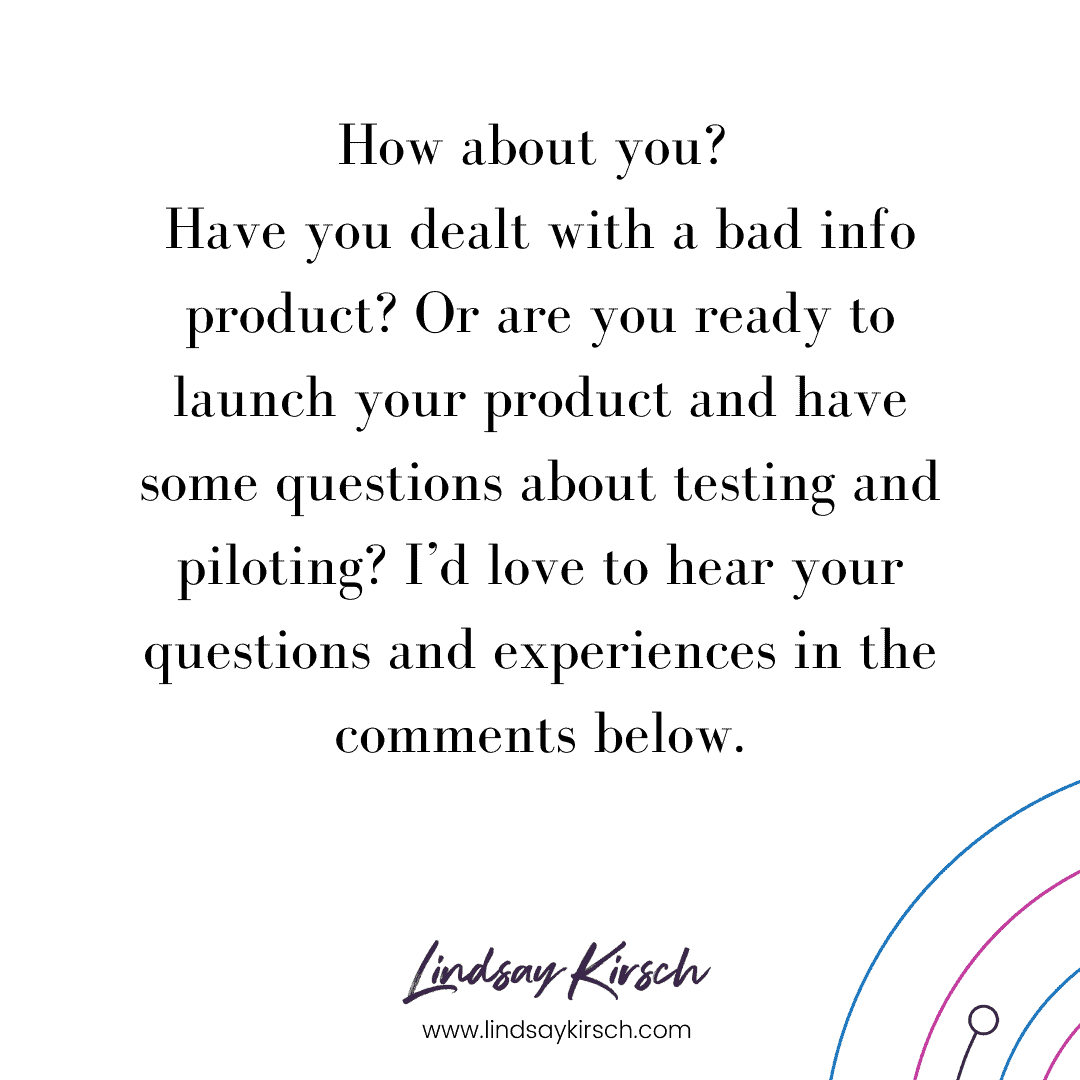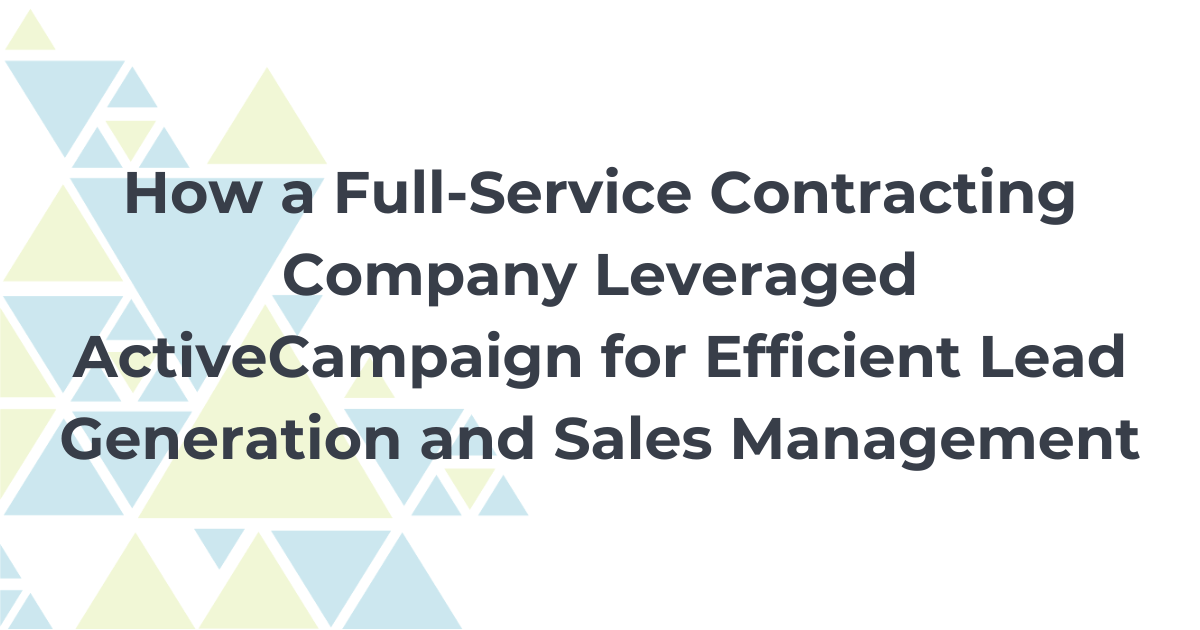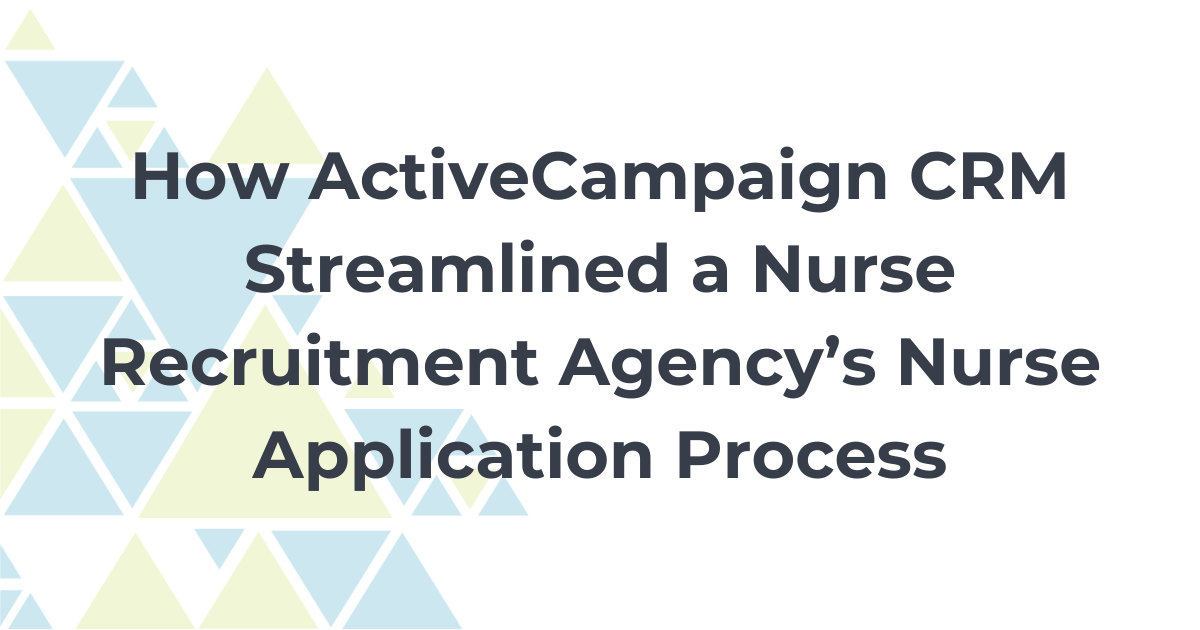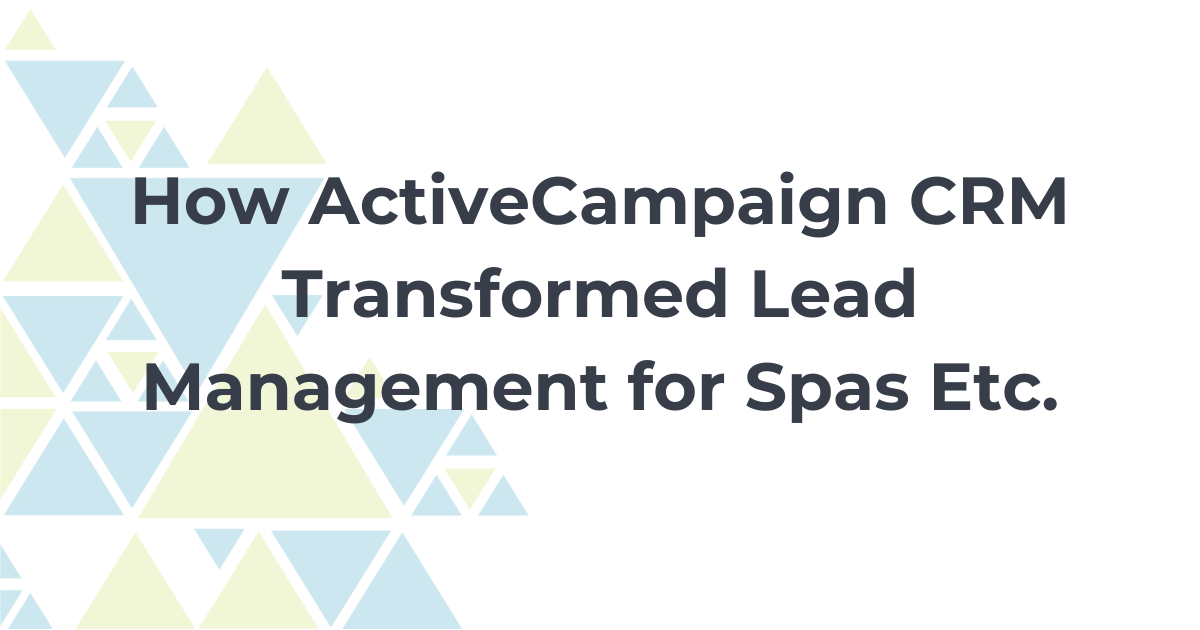Have you ever purchased a course or digital product and encountered some sort of glitch or error? It could be a broken link that goes to nowhere, a download that never finishes, or not being able to log into the website.
It never ceases to amaze me that when I purchase a digital product, something just isn’t working right.
But I expect that when I want to purchase any product, I should be able to shop with ease. So when I’m unable to do that? It’s really frustrating for me as a customer.
Creating an info product takes a lot of hard work, research, and refinement.
But that last part–refinement–it doesn’t happen as often as it should. But it’s crucial to getting the consistent sales you want for your products and services. Plus, these sorts of errors can negatively impact your business’s credibility. But if you hit it out of the park with high-quality products, then the opposite of this is true as well.
So how can you get your info product out to market without encountering those embarrassing glitches? You need to do some preparation beforehand.
In this vblog post, you will learn about the importance of info product testing and how you can leverage this process to get create a high-quality info product.
I’m really passionate about this topic because I am certified Six Sigma Greenbelt, so having the right processes in place for your business is something I want for you and for the success of your info product launch.
Gotta Have It Now and Have It Right the First Time
In our society, we want everything right now. Although sometimes this can be somewhat unrealistic, if you’re selling digital products online, it’s an expectation that your customers will have.
So whenever an issue arises with purchasing digital products online, a business’s credibility can take an immediate and direct hit.
Customers will start to think, “Well, gosh—if this company can’t get this right, what else is wrong? Maybe the product isn’t even any good, to begin with.”
Once a customer starts thinking that, it starts to spiral out of your control, and soon they won’t purchase anything, and they will tell others about their disappointing experience. Now, you’ve already lost future customers based on one bad experience with a single customer.
So to keep your business’s credibility high, you’ve got to make sure that you delight your customers from the beginning—and with consistency. You have to meet that expectation that everything will be perfect once customers hit the “Buy Now” button.
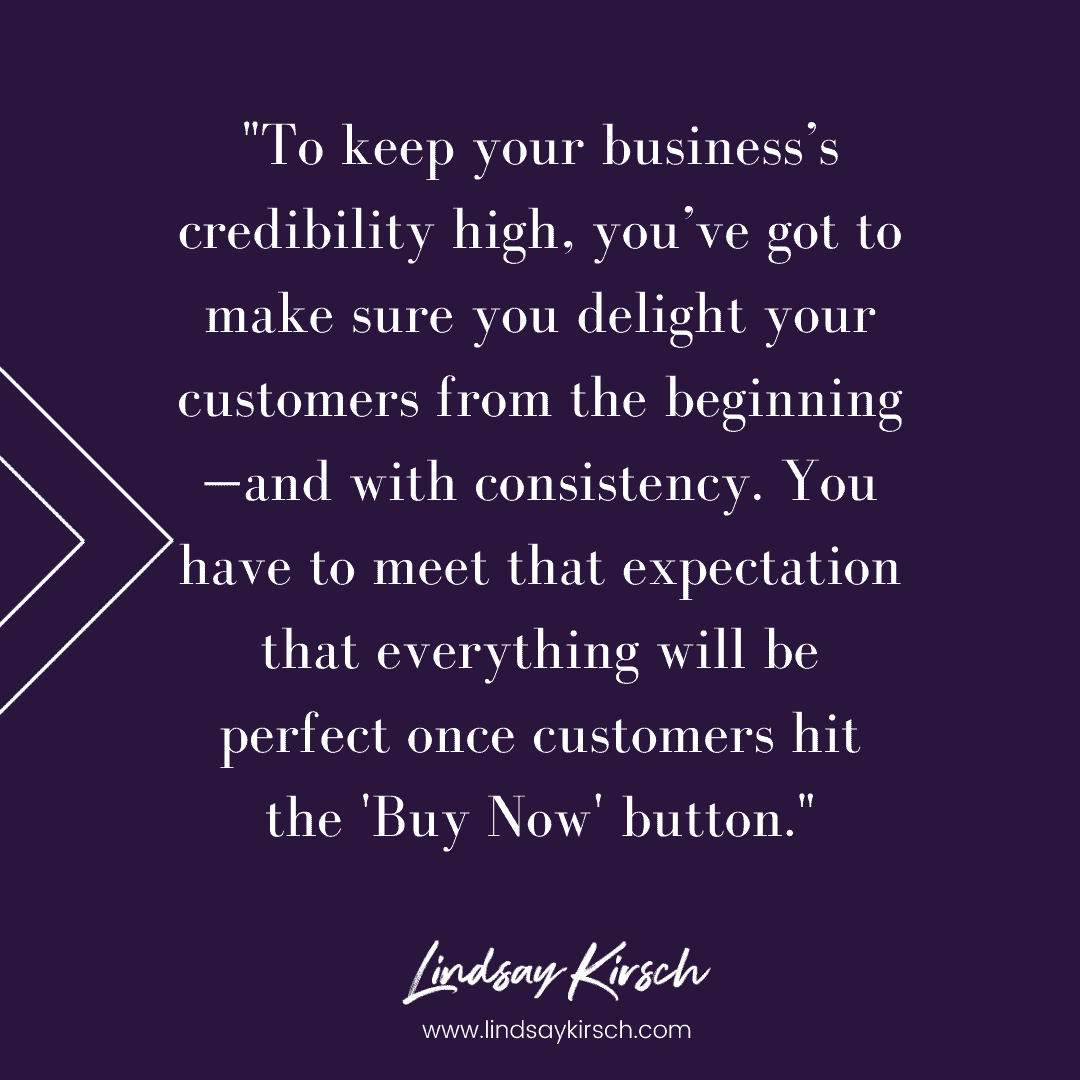
Maintaining Your Company’s Credibility Through Product Testing
Your business and brand will achieve credibility through the quality of your products or services. This helps give confidence to those who purchase from you, and this is where brand recognition and credibility meet (Thriving Small Business). You want your brand to be associated with and recognized for reliable, high-quality products and services.
The best way to ensure that there are no hiccups when your product launches are to test it.
Testing your product examines the clarity of your product’s message, as well as the technical aspects of the user’s experience (e.g., Is it easy to navigate? do the links work? Are the videos playing well or at all?).
Imagine if you have 500 people waiting to buy your product. You launch, and then there’s a major glitch such as they can’t login to the website, or the FIRST video doesn’t play? People have paid you money, but there’s no product? You would be swamped with 500 support emails from your customers!
Damage control is way harder to manage than fixing a small glitch ahead of time! Not to mention the loss of credibility and the likely refund requests that you will have.
The Nitty Gritty of Testing Your Product
So how do you actually test your product and make sure it’s ready for launch? You need some help and a plan for your go-live to go smoothly.
Product Testers
Your product testers should include people from both within your audience and outside of your audience. You should also include testers who maybe not as tech savvy to make sure your info product is as foolproof as possible. You’ll be able to have a more comprehensive view of how your product works by diversifying your testers.
For people outside of my audience, I love to involve friends and family in my product testing. This gives them the opportunity to see what I am doing–and they are often my BEST critiquers (for some reason, my family just never holds back).
Product Plan
You should have a detailed test plan for your testers, which includes what to click on and what should happen each time they make that click. This roadmap will ensure that they encounter all parts of your product. Every button and link is activated, every video should be watched, every automation should be sent!
Different Kinds of Devices and Platforms
You should also diversify the kinds of devices and computing systems people have based on what you know about your audience. For example, your website may work great on a desktop, but it may look really funky on a tablet or phone device. If your audience will be primarily accessing your content on-the-go, mobile compatibility is hugely important.
Mobile compatibility is important because many people now shop on from their mobile phones, and it’s projected that by 2020, close to half of the total U.S. e-commerce market will come from m-commerce (mobile commerce). So it’s important to make sure your website and your product can work on a PC or a Mac, an Android or an iPhone, etc.
This work should also be a part of your gap analysis–making sure you are building something with the tools that people can use/access.
Pilot Testing
After you’ve done your initial product tests, it’s time to ramp up to pilot testing. A product pilot is a proof of concept (i.e., a real-life product that is not necessarily ready for a full launch) which shows that your product makes sense to a small sample of your audience. So product pilot testing is more formalized, like a dress rehearsal of a play or a soft launch.
Piloting is important because it helps you ensure that your product’s message is clear to your audience. You can design your pilot launch to receive personal, one-on-one feedback that will help you make those final minor adjustments before your full launch.
Your Pilot Audience
Your pilot audience should be people from your real audience. You can also select fringe buyers to participate (i.e., people who haven’t bought from you before but are showing interest). You can use this as a way to advertise your product and create new customer relationships.
Since this is a soft launch, and your audience is doing a bit of work for you, you should offer an incentive, such as a deep discount on your product’s full launch price. It’s a great idea to provide one-on-one consultations throughout the pilot process to answer any questions and to receive feedback.
Knowing where your users get stuck or need more help can provide you with crucial information to help you improve your product before launch.
If you want to learn more about pilot testing, check out these links here and here.
Making Reliability a Part of Your Credibility
What we ultimately want to provide for our clients are products that delight them and keep them coming back for more!
So to make that desire a reality, we have to be seen as reliable. When a customer encounters your website to purchase your info product, the process should be as easy and as foolproof as possible. But if there are issues with purchasing or downloading or using your info product, your content is not clear; you’ll be letting your customers down while deflating the credibility of your company and brand.
No one wants to buy a product that doesn’t live up to expectations. Adi Bittan, the founder of the customer messaging system OwnerListens, says that in the period after a customer visits a company or place of business, the most common complaints she sees are about products that are broken, not working, or a result of order errors. In short, customers aren’t getting what they expected, and that’s a problem (Reputation Management).
High-Quality Products Takes Time
We live in a high-paced society, and that can lead to people wanting to rush and cut corners to get things out the door to get profits as soon as possible.
You have some developers who will skip testing and piloting, which then creates major headaches for customers and businesses when things break or malfunction.
The time saved from not doing the necessary quality assurance work will end up setting you back with both time and money, as you have to take your product offline and fix it. What also gets wasted is your credibility with your customer base.
And broken trust is very hard to fix.
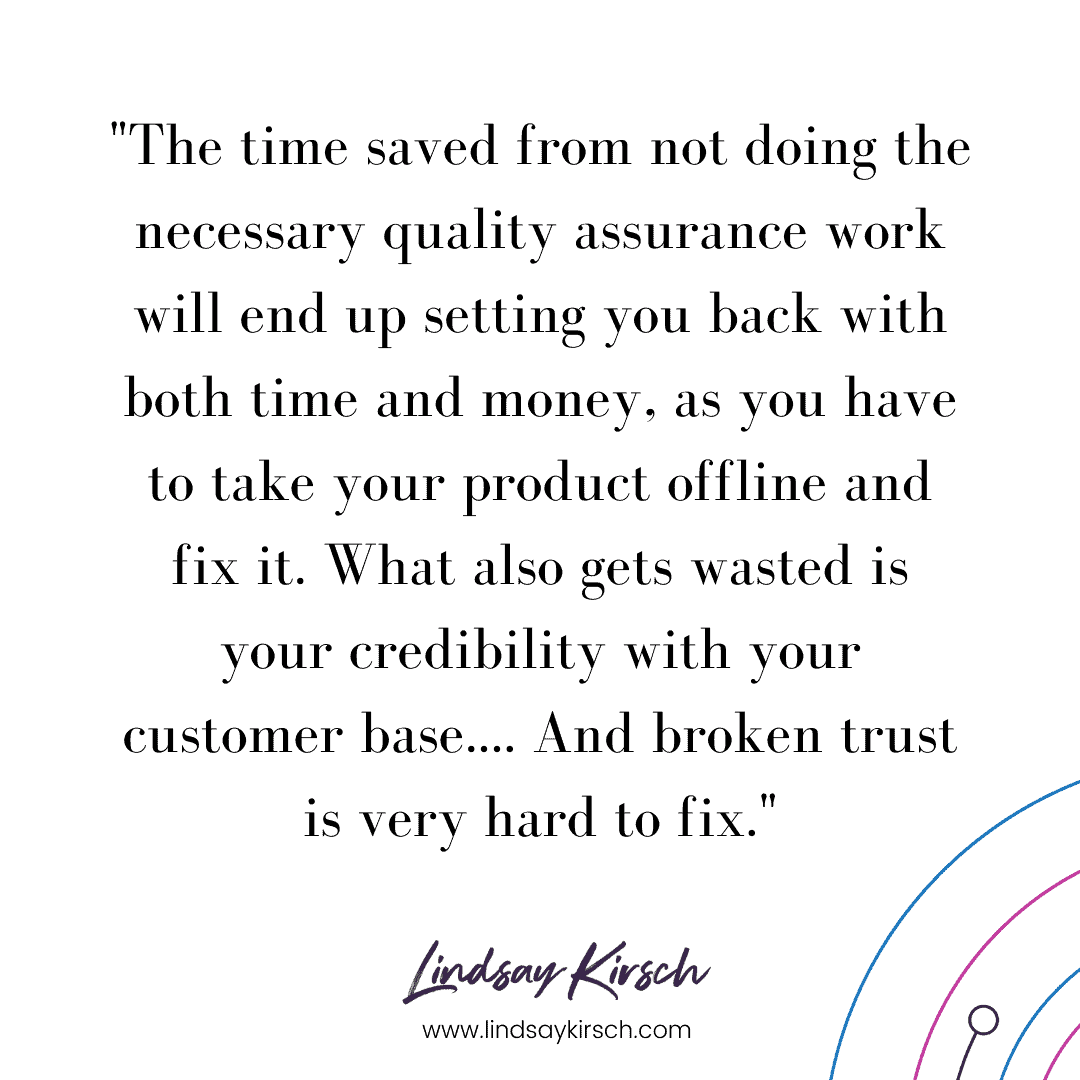
The time saved from not doing the necessary quality assurance work will end up setting you back with both time and money, as you have to take your product offline and fix it. What also gets wasted is your credibility with your customer base…. And broken trust is very hard to fix.
Unhappy customers are bad news for any company, and it only takes one of them to shatter a perfectly good day at work for everyone. It only takes one of them to steer many more prospective customers away from you (LifeHack).
What’s even worse is you probably will not hear from customers when your product or service has failed them. Fewer than half of unhappy customers will bring a complaint to your attention. Those who never say anything will tell an average of 11 other people about their bad experience (TrainingMag).
Simply put–a bad customer experience can spread like an invisible nasty virus of discontent and lower your credibility very quickly.
So the best way to prevent letting your customers down with your info product is through thorough testing and piloting.
